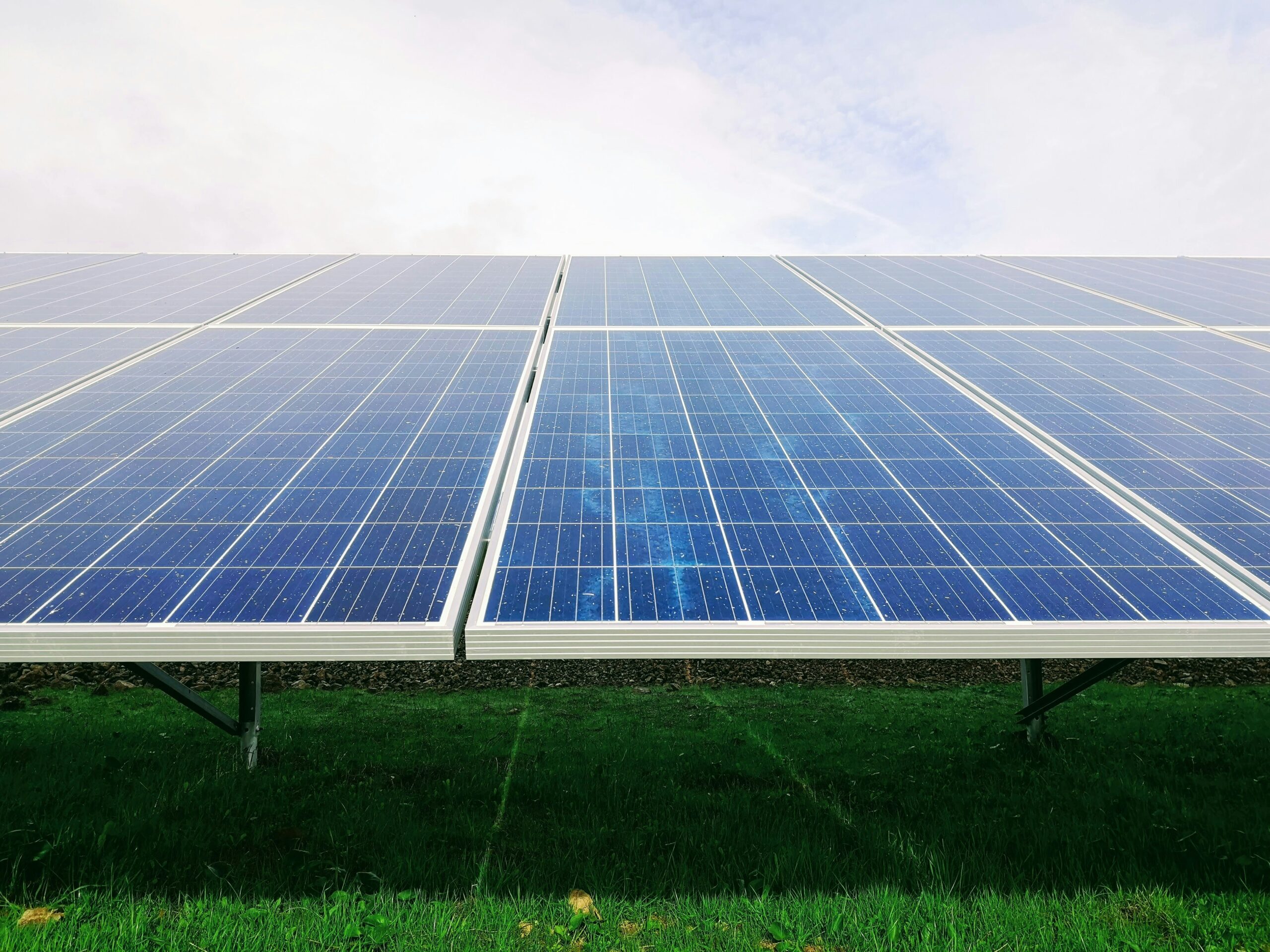As sustainability takes center stage and energy independence becomes a priority, renewable solutions like solar power are no longer a luxury—they’re a necessity. Among the top contenders for residential solar setups is the 500-watt solar panel, a high-capacity option that blends efficiency with practicality. If you’re considering a shift to solar but aren’t sure where to start, this guide unpacks the essentials, from cost savings to environmental perks, tailored for homeowners ready to harness the sun’s potential.
Why Solar? The Rise of 500-Watt Panels
Solar energy isn’t just a trend; it’s a transformative shift in how we power our lives. While smaller panels have their place, 500-watt solar panels stand out for their ability to generate substantial energy without monopolizing rooftop real estate. Here’s why they’re gaining traction:

- Slash Utility Bills: Generate your own power and watch your reliance on the grid—and your monthly bills—plummet.
- Space-Saving Design: Fewer panels are needed to meet energy goals, ideal for homes with compact roofs.
- Escape Rising Energy Rates: Lock in consistent energy costs and shield yourself from unpredictable utility hikes.
- Financial Perks: Federal tax credits, rebates, and net metering programs sweeten the deal, putting money back in your pocket.
Whether you’re aiming for energy autonomy or long-term savings, 500-watt solar panels deliver a future-proof solution.
Inside a 500-Watt Solar Panel: Key Features
Before diving in, let’s decode what makes these panels a powerhouse:
- Output: Each panel generates up to 500 watts per hour under optimal conditions, offsetting a sizable chunk of household energy use.
- Dimensions: Roughly 7.2 ft x 3.6 ft—larger than standard models but designed for maximum output.
- Efficiency: With ratings between 20-23%, they excel even in overcast weather, converting sunlight into power effectively.
- Longevity: Engineered to endure storms, snow, and heat, most come with 25+ year warranties, ensuring decades of service.
Solar Success Stories: Real-World Wins
Still skeptical? Meet homeowners who’ve transformed their energy game:
- The Johnsons in Arizona: By installing 12 panels, they cut their annual energy bill by 80% and now power their pool pump and AC effortlessly.
- David Chen in Florida: With 10 panels, David covers his home’s needs and charges his EV, calling it “the ultimate ROI for sunny days.”
These stories highlight a universal truth: Solar isn’t just an upgrade—it’s a lifestyle shift toward self-sufficiency.
Breaking Down Costs: What to Expect
Let’s tackle the big question: Is solar worth the investment?
- Upfront Costs:
- Panels: ~1,200–1,700 per 500-watt unit.
- Full System (installation, inverter, etc.): 12,500–18,000 for a typical household.
- Savings:
- Average monthly savings: 90–140 (varies by location and usage).
- Payback Period: 7–11 years, followed by decades of near-free energy.
- Incentives: The federal solar tax credit alone covers 30% of installation costs, while local rebates can further trim expenses.
Beyond Savings: Solar’s Environmental Legacy
Switching to solar isn’t just a financial win—it’s a pledge to the planet.
- Cut Carbon Footprints: A typical household reduces CO2 emissions by 3–4 tons yearly.
- Ditch Fossil Fuels: Solar shrinks demand for coal and gas, driving cleaner energy grids.
- Sustainable Lifecycle: Modern panels are 95% recyclable, minimizing landfill waste.
Every panel installed is a step toward a healthier, greener future.
Choosing the Right 500-Watt Panels: A Buyer’s Checklist
Ready to go solar? Keep these tips in mind:
- Prioritize efficiency ratings (21% or higher).
- Opt for robust warranties (25+ years).
- Check compatibility with your climate (e.g., heat tolerance for desert areas).
- Vet installers—read reviews and ask for certifications.
From Rooftop to Renewable: Installation Simplified
A smooth installation hinges on planning. Here’s a roadmap:
- Audit Energy Use: Review past bills to gauge your needs.
- Site Assessment: A pro will evaluate roof strength, sun exposure, and shading.
- Secure Incentives: Apply for tax credits early to streamline savings.
- Mount & Connect: Professionals handle racking, wiring, and inverter setup.
- Monitor & Maintain: Use apps to track output and schedule annual cleanings.
Pro Tip: Adding a battery (like a Tesla Powerwall) stores excess energy for cloudy days or outages.
Maximizing Panel Lifespan: Easy Upkeep Tips
Solar panels thrive on neglect—almost. A little TLC ensures peak performance:
- Routine Cleaning: Clear dust and debris twice yearly (more in dusty regions).
- Trim Overhanging Branches: Prevent shading and debris buildup.
- Annual Inspections: Check for loose connections or micro-cracks.
Final Thoughts: Your Solar Journey Starts Now
500-watt solar panels offer a compelling mix of power, efficiency, and sustainability. Whether you’re driven by savings, eco-goals, or energy security, this technology adapts to your needs.
Take the first step today: Reach out to a certified installer for a personalized quote. The sun isn’t waiting—why should you?